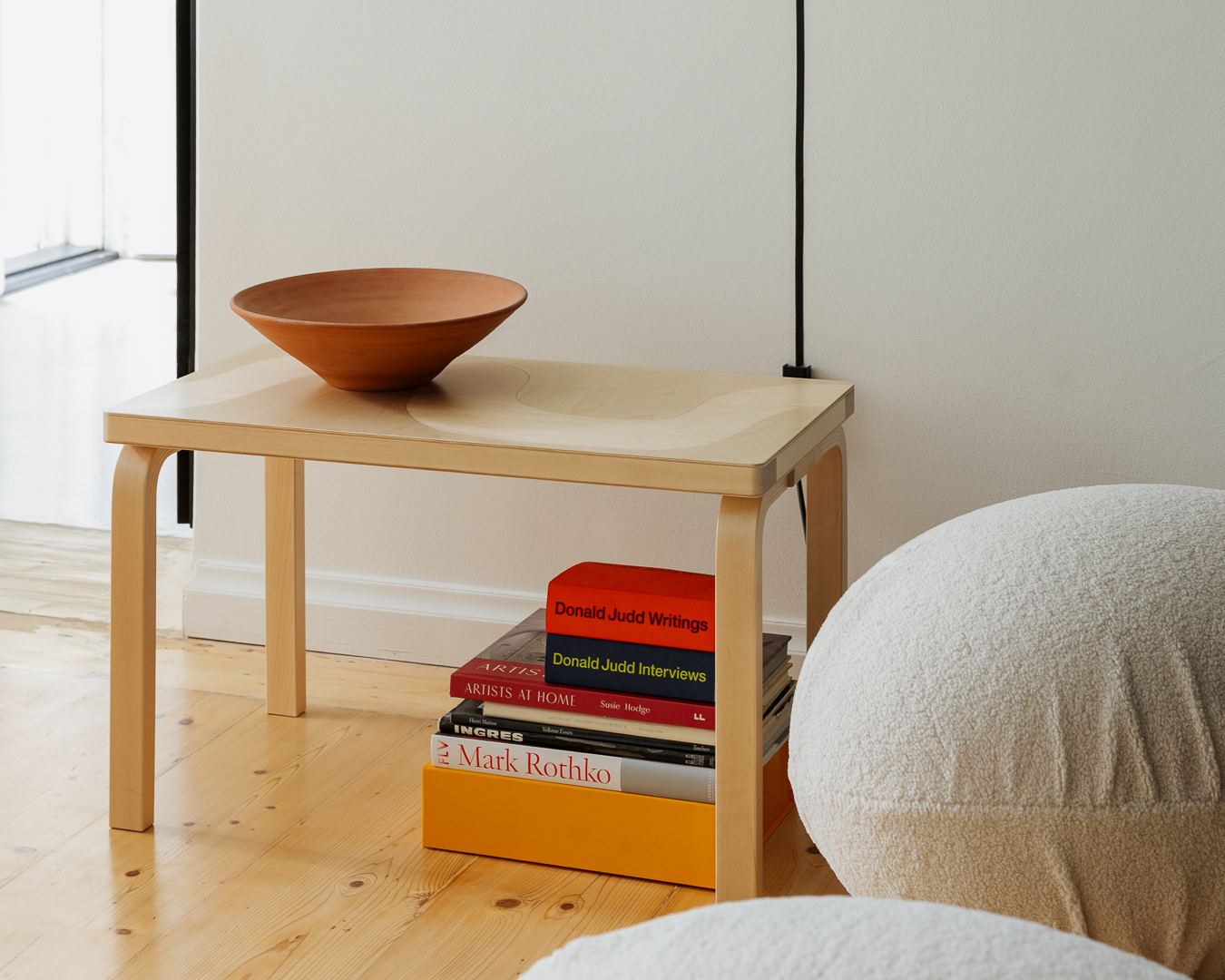Murat Soygenis an internationally recognized architect and professor is a founding partner at S+ ARCHITECTURE. He received his architectural education in Istanbul and at the University at Buffalo and has served as the Dean of the School of Architecture (YTU), receiving awards for his contributions to the profession. The BLT Awards jury member is sharing with us his experience as an Architect and as a Professor.
Could you tell us a little about yourself? Why have you chosen to be an architect?
I believe the reason why I have chosen to be an architect goes back to my childhood. My family loved to travel to significant urban and architectural spots in Turkey. It was very interesting and motivating for me to see ancient cities of Asia Minor on the coasts of Anatolia, and to walk around the ruins of remarkable cultures from many chronological layers belonging to various civilizations throughout Anatolia and Thrace. Hittites, Trojans, Persians, Romans, Byzantines, Seljuks, Ottomans and many others.
I remember from my childhood the Saracoglu Neighborhood we used to reside in Ankara. The housing settlement, designed by German architect Paul Bonatz during the 1930s carried traces of traditional Turkish houses and was classified as an example of the 2nd Nationalistic Architectural Movement.
As a child, I enjoyed sitting on the deep window sills in between double-framed windows and playing in large tree-covered yards. The neighbourhood located in the middle of downtown offered a pedestrian-oriented setting that was enjoyable for the residents. In Istanbul, as a young person, my visits to the Bosphorus, Hagia Sophia, Blue Mosque, Basilica Cistern and many other spots championed the urban and architectural adventure I was exposed to. All of this overwhelming experience guided me in the direction of architecture school to discover more about architecture, culture and the environment.
I received my architectural education in Istanbul and Buffalo. After receiving my undergraduate degree in Istanbul, I moved to Buffalo, New York for my graduate studies in architecture.

Photo credit: S+ Architecture
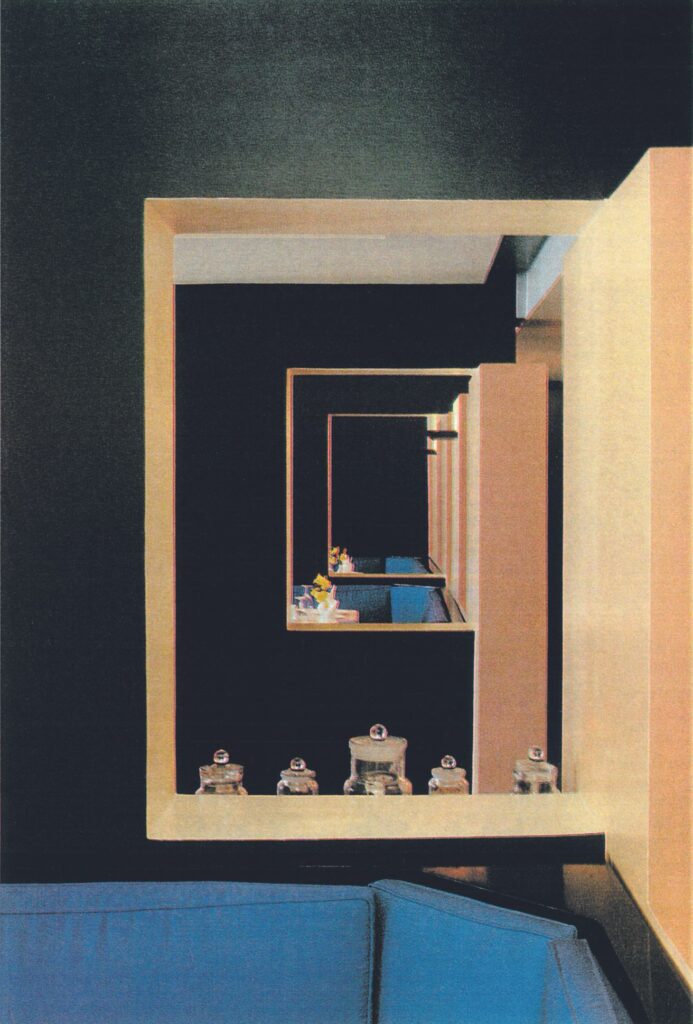
Photo credit: S+ Architecture
Which company did you work with prior to opening S+ ARCHITECTURE?
I started working with a mid-size local architectural office in Baltimore, Maryland following my graduation from the University at Buffalo. Sema, who was my classmate from Istanbul and later my wife, joined the same company in Baltimore. After three years with this firm, we switched to other companies in the Baltimore-Washington area. This was almost an eight-year period. It was very instructive and fruitful in these early years of professional experience.
Shortly after, I fulfilled the requirements to become a registered architect in the State of Maryland and a professional member of the AIA. At the same time, we started entering architectural competitions and getting small-scale commissions. We decided to choose a more diversified professional path and started S+ ARCHITECTURE while we were in Baltimore, which later on allowed us to divide our time between practice, teaching, and educational administration as deans of two separate architecture schools.
If you have to choose only one project you have been involved in, which one would it be and why?
This is a very hard question. My answer is I would not choose only one project and elaborate on it, but rather I prefer to elaborate on the array of projects I have been involved in over the years. I should say that each and every project was a wonderful learning and experimenting experience for me regardless of its scale. In the early years, we designed and built a hotel and restaurant in the Chora district of Istanbul, on the neighbouring lot to the Byzantium Chora Church, later a museum and a mosque.
We experimented with creating a visually open space with intimate corners for dining. In later years, explorations with flowing spaces, innovative use of materials, and modularity continued in other projects at multiple scales. To name a few, I can say, modular storage units, academic buildings, a minimal rowhouse, a reuse project for a high school building on the Bosphorus, an industrial production plant, and mixed-use towers. Some of these projects are proposals for new constructions and some are reuse projects for existing buildings.
I can easily say that the best way to approach an architectural problem is through a platform that fosters design research. This is what we always intend to do during the design process. We like to do research, design and learn in this process.
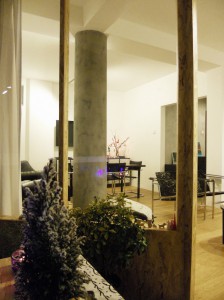
Photo credit: S+ Architecture
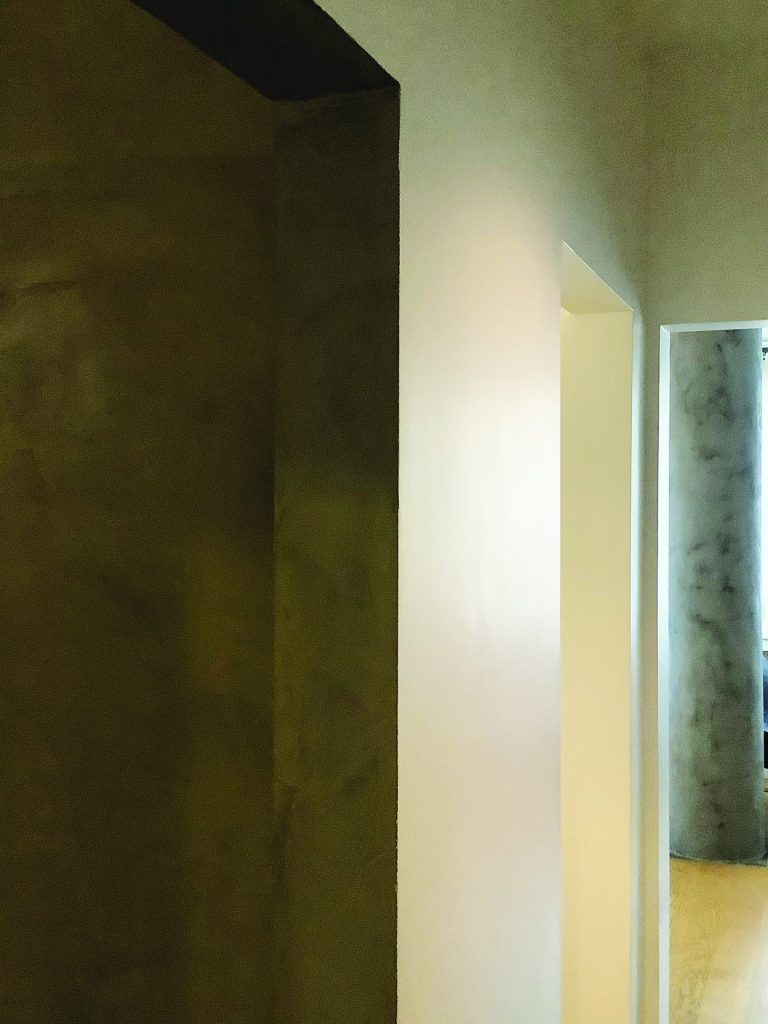
Photo credit: S+ Architecture
You were the Dean of the School of Architecture at Yildiz Technical University, how was it to share your passion for architecture with students?
Yildiz Technical University, YTU in an abbreviated format, is one of the most competitive public universities in Istanbul and Turkey. Obviously, the School of Architecture at YTU is one of the top architecture schools not only locally but internationally too.
I taught design studio and sketching techniques courses in undergraduate and graduate programs at YTU. Also, as the Chief Administrator of the School, I initiated the process called ‘Substantial Equivalency’, later it was named ‘International Certification’, of the undergraduate architecture program through application to the National Architectural Accrediting Board (NAAB). The NAAB evaluation process continued without interruption after my deanship. The result was great.
The School received a six-year ‘NAAB International Certification’ which meant that the graduates would be accepted in international environments more widely. I am so happy that the YTU School of Architecture received this international recognition it has deserved. I always share my professional experience and passion for architecture with my students. I strongly believe that service to the university and profession should go beyond mere teaching by establishing and strengthening ties between the local and international professional and academic environments.
Have you noticed any particular recent trends in architecture?
Besides my practice and teaching, I am a jury member for many local and international architecture awards and competitions that exposes me to a high number of built and unbuilt projects. The recent trends in architecture are many. My list includes sustainability, carbon-neutral and environment-friendly architecture at the top. Modularity, flexibility, prefabrication, disaster-proof design, small space design, multi-generational living, and accessibility have always been issues for a long time, and are still on the list, especially in this region.
The coronavirus pandemic showed us how important it is to be able to work virtually with no physical contact with each other. Now, in pandemic conditions, architects are learning to use virtual technologies to contact, collaborate and design. I think more trends that will be new to many of us are around the corner.
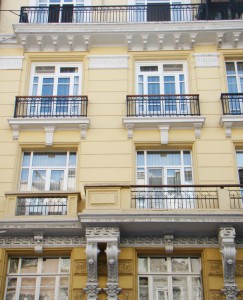
Photo credit: S+ Architecture

Photo credit: S+ Architecture
Are there any specific processes or elements you make sure to include in your design?
We give enormous importance to freehand sketching at all stages of the design process. It allows the architect to regulate his/her thoughts while thinking and sketching. I encourage all team members a project to use hand sketches from the very early to late phases of the project. For further exploration of the design problem, we employ workshops and charrettes. The outcome is always amazing with so many unique ideas sketched on paper. Of course, computers are always there to further develop sketchy ideas. We seem to like experimenting with environment-friendly and concept-driven designs and concentrate on flowing spaces versus boundaries, modularity and flexibility.
The American Institute of Architects recently elevated you to its prestigious College of Fellows for your significant and lasting contributions to architecture and society, and for achieving a standard of excellence in the profession -this marks a milestone of lifetime achievement. What do you say about this?
I am very much honoured and happy to be recognized by the AIA’s highest distinction of FAIA honour. Of course, the fellowship was not the ultimate goal in my career but it indicates that I am on the right track. Above all, I love what I do as an architect and a professor. I will always be motivated to research, design, build and teach as I have been doing for the past few decades.
Lastly, do you have any tips for aspiring architects?
I encourage all aspiring architects who are recent graduates and are new in the field to:
1. Master skills in technology. Keep up to date with new software and apps that ease and advance online communication and presentation skills. This will definitely help them in all online professional activities like virtual internships or others.
2. Build their contact list. They can communicate with principals and owners of firms for job openings or work-from-home options.
3. Consider further education. They can extend their studies for a master’s or PhD degree in a multidisciplinary profession. Later, they may choose a career path in academia or in both offices and academia.
4. Diversify. Diversifying always helps. This diversification strategy may include teaching, practice and research in architecture.
5. Architecture is a lifelong learning process. The best thing to do is to continually better equip yourself with new skills, expanding contacts, further education and diversification strategies. I definitely think that it is fun.





